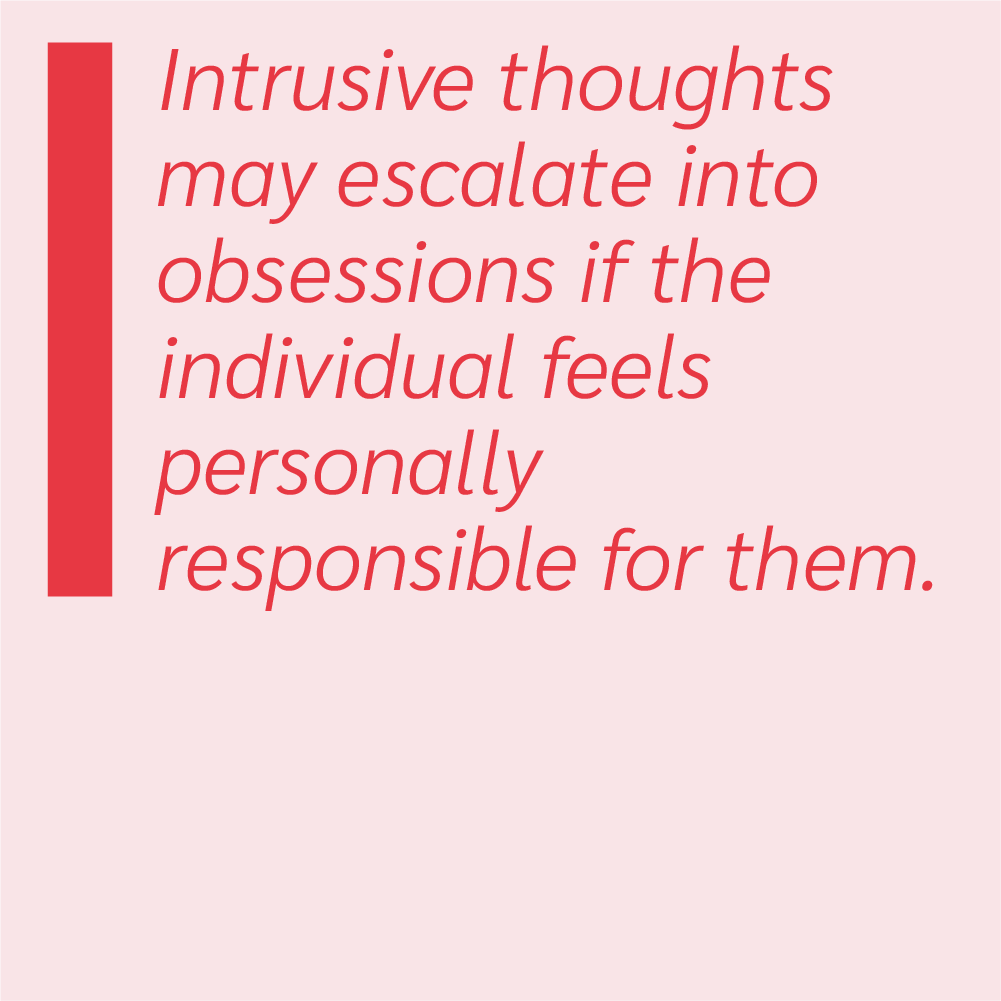Intrusive Thoughts Images And Impulses
Download or send
Tags
Languages this resource is available in
Problems this resource might be used to address
Techniques associated with this resource
Mechanisms associated with this resource
Introduction & Theoretical Background
Intrusive thoughts, images and impulses suddenly appear in consciousness and are often experienced as distressing. They are common in non-clinical populations but, when appraised as having the potential to cause harm or as being the personal responsibility of the individual, may escalate into an obsession. Intrusive thoughts, images and impulses is a psychoeducation worksheet which details the results of a study investigating the frequency of such experiences in a student population (Purdon & Clark, 1993). Clients with OCD may find it reassuring to know the frequency with which 'normal' populations experience intrusive thoughts, which may go some way to undermining unhelpful appraisals.
Therapist Guidance
This worksheet has been designed to help clients engage with their beliefs about how common intrusive thoughts, images, and impulses are. Clients can be encouraged to guess the frequency at which 'normal' groups endorse each item before discovering the 'real' answers on the second page. These facts can be used to inform therapeutic discussions about clients' self-beliefs.
References And Further Reading
- Berry, L. M., & Laskey, B. (2012). A review of obsessive intrusive thoughts in the general population. Journal of Obsessive-Compulsive and Related Disorders, 1(2), 125-132.
- Purdon, C., & Clark, D. A. (1993). Obsessive intrusive thoughts in nonclinical subjects. Part I. Content and relation with depressive, anxious and obsessional symptoms. Behaviour Research and Therapy, 31(8), 713-720.
- Purdon, C., & Clark, D. A. (1994). Obsessive intrusive thoughts in nonclinical subjects. Part II. Cognitive appraisal, emotional response and thought control strategies. Behaviour Research and Therapy, 32(4), 403-410.
- Purdon, C., & Clark, D. A. (1999). Metacognition and obsessions. Clinical Psychology & Psychotherapy, 6(2), 102-110.




